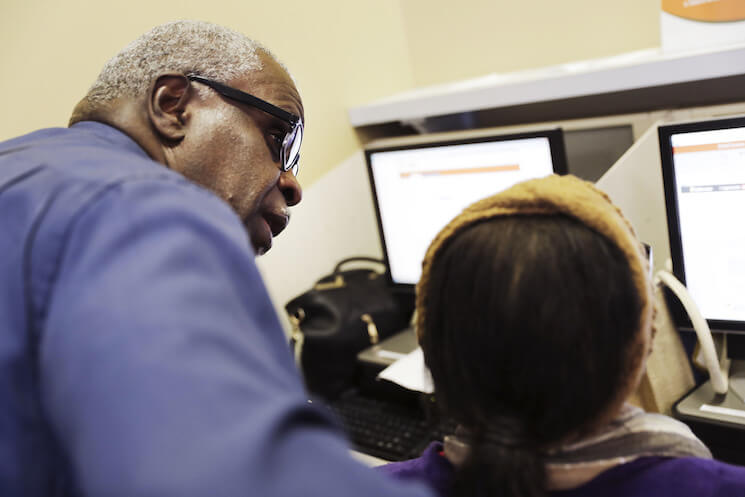Unemployment and models of U.S. consumption

If you lost your job tomorrow, how much would you have to pull back on spending? The answer to that question and the answer that millions of other U.S. workers could give would help economists get a really good handle on which models of consumption actually do a good job of explaining the world around us. Not only would economists want to know how much you’d cut back on, they’d also want to know what specific kinds of consumption you’re pulling back on as well as how you might react to loosing unemployment insurance. Unfortunately, no one has access to data that can answer all those questions for everyone in the United States. But recent research can offer some answers for a subset of U.S. workers.
The research, recently highlighted in a brief from the JPMorgan Chase & Co Institute, is by economists Peter Ganong, currently of the National Bureau of Economic Research, and Pascal Noel of Harvard University. (The research was partially funded by an Equitable Growth academic grant in 2014 for Pascal.) What the two economists are looking at is how consumption changes when a worker loses a job and then goes on unemployment insurance. Using anonymized data from JPMorgan Chase, Ganong and Noel can look at the actual transactions that show up in a bank account instead of asking workers what they spent their money on. And they also can see when workers receive payments from the unemployment insurance system. Accountholders at JP Morgan might not be representative of the overall population, but they end up being fairly representative of workers who end up receiving unemployment benefits as many low-income workers are ineligible.
According to the data, once workers loses their jobs and go on unemployment insurance their consumption drops by 6 percent. Now perhaps this drop is because these workers no longer have worker-related expenditures. But looking at the data, Ganong and Noel see that only about one-fourth of the drop in spending can be explained by a decline in work-related consumption. Over time, as workers continue to rely on unemployment insurance, spending drops an extra 1 percent every month they are receiving benefits. And then, if they don’t find a job before their UI eligibility expires, the consumption decline (at an 11-percent clip) for a worker when they run out of benefits is even larger than when the workers lost their jobs.
What does this tell economists and policymakers about the consumption behavior of households? The fact that workers were so sensitive to changes in monthly incomes means the permanent income hypothesis doesn’t do well in explaining the data. But at the same time, these workers’ consumption doesn’t drop off as much as might be expected if a “hand-to-mouth” model was appropriate and households were totally at the whim of monthly changes in income. Instead, Ganong and Noel find evidence for a “buffer stock” model, in which households hold some savings—a bit less than a month of income—in reserve in case of an economic shock and then draw down on that savings if they lose their jobs. So households do boast some form of insurance by having liquid savings to draw down, but they don’t have that much.
How applicable the results from the JPMorgan Chase & Co Institute data are for the general public is up for debate, but given the checks the co-authors ran it’s seem likely that they are. Seeing more studies like this one that actually look at the balance sheets of households in the face of big economic shocks would be great way to keep digging into these important questions.

